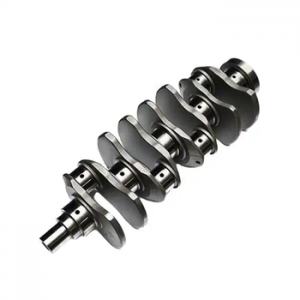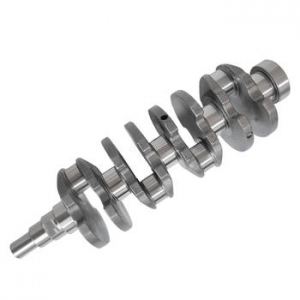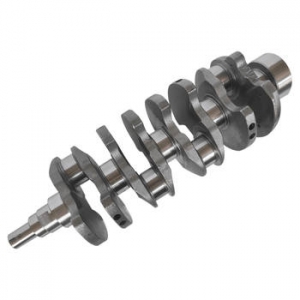Crankshaft RPM: The Engine's Speedometer

Just as a car's speedometer tells you how fast you're going, crankshaft RPM (revolutions per minute) is the engine's internal speedometer, indicating the rate at which the crankshaft spins. This measurement plays a crucial role in understanding engine performance and its relationship to power output.
Understanding Crankshaft RPM
Crankshaft RPM represents the number of times the crankshaft completes a full rotation in one minute. Each rotation corresponds to a complete power stroke of the pistons, delivering a burst of energy to the engine.
Measuring Crankshaft RPM
Crankshaft RPM is typically measured using a tachometer. This instrument can be found on the dashboard of most vehicles, providing a real-time reading of the engine's speed.
Mechanical Tachometers: These use a cable connected to the engine to measure the crankshaft's rotation.
Electronic Tachometers: These use sensors to detect electrical signals generated by the engine's ignition system or other components, providing a more accurate and responsive reading.
Crankshaft RPM and Engine Power Output
Crankshaft RPM is directly related to engine power output, but the relationship isn't linear.
Power Band: Engines have a "power band", a range of RPMs where they generate their maximum power output.
Torque and RPM: Torque is the force the engine exerts, while RPM indicates how fast that force is applied. Power is a combination of both torque and RPM.
Peak Power: Engines typically reach peak horsepower at a specific RPM within their power band. This RPM is often referred to as the engine's "redline", and it's the maximum safe operating speed for the engine.
Crankshaft RPM and Engine Character
Different engines have different power bands and RPM characteristics, contributing to their unique driving personalities:
High-RPM Engines: These engines generate their peak power at higher RPMs, often found in sports cars and performance vehicles. They typically provide a thrilling and responsive driving experience at higher speeds.
Low-RPM Engines: These engines generate their peak power at lower RPMs, often found in trucks and SUVs. They offer strong torque at lower speeds, making them ideal for hauling loads and climbing hills.
Crankshaft RPM: A Crucial Performance Indicator
Crankshaft RPM is a fundamental measurement that provides insight into an engine's performance. By understanding how RPM relates to engine power, torque, and the power band, you can better appreciate the characteristics of different engines and make informed decisions about vehicle selection and driving style.
 Crankshaft Distributor: The Un
Crankshaft Distributor: The Un
 The Ultimate Guide to Sourcing
The Ultimate Guide to Sourcing
 Power Your Business: A Deep Di
Power Your Business: A Deep Di
 Choosing the Right Crankshaft
Choosing the Right Crankshaft
